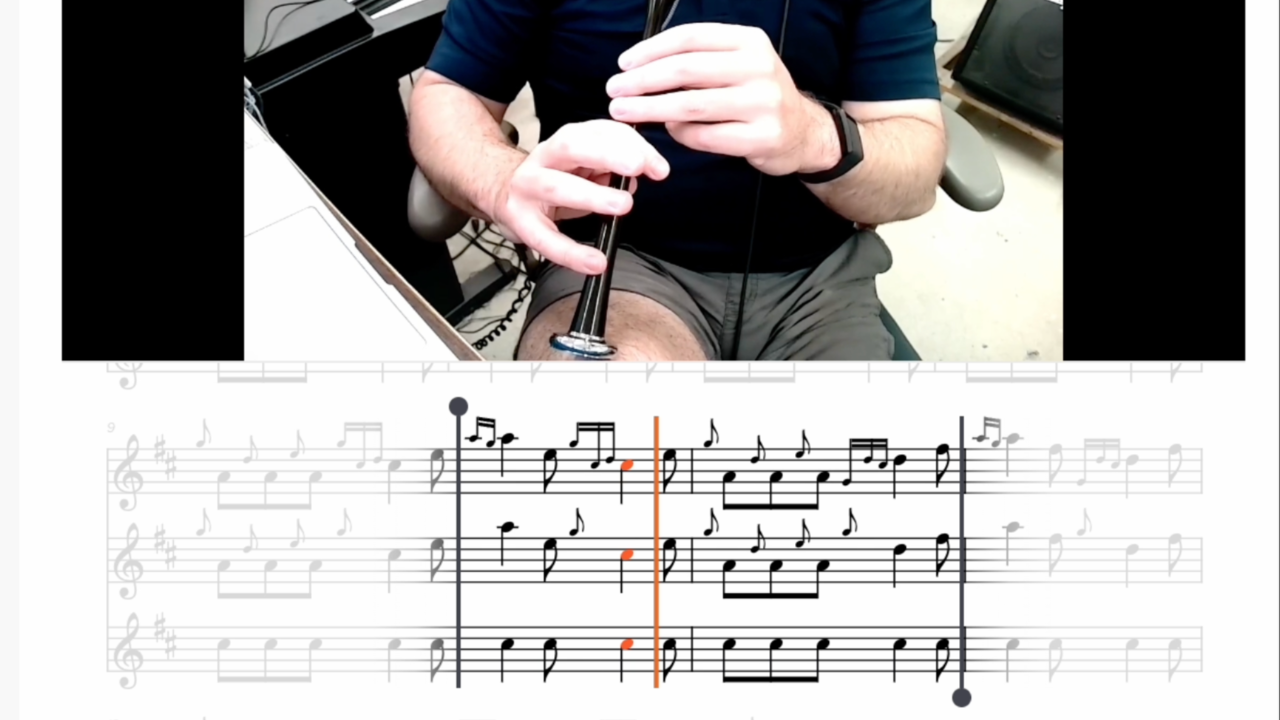Got Moisture Problems? You Might Be Overlooking These 3 Things
May 22, 2024
As any piper knows, we need a certain amount of moisture in our bagpipes. But too much can be a major problem.
A lot of the time, beginners and intermediate players reach straight for moisture control systems and fancy gadgets to manage moisture. But that’s treating the symptom, and not the cause.
In reality, moisture issues most often stem from a bagpipe that isn’t set up well. The culprit is usually maintenance issues like air leaks, a reed that’s too hard, or miscalibrated drones that take too much air.
But there’s an aspect of bagpipe setup that’s often overlooked, but is crucial to overcoming moisture issues.
And it’s as much about what we do when we’re not playing as what we do when we are…
Notice and plan for your environment
Temperature, humidity, and changes in either of those variables are going to have a huge impact on the amount of moisture you accumulate in your bag.
So, here’s thing number 1: Be aware of your environment, and plan accordingly.
Over time through trial, error, and experience, I’ve been able to confirm the following two truths:
- As your environment gets colder, more condensation will form in your bagpipe, and faster.
- As your environment gets drier, you’ll have to play for longer to stabilize your instrument.
A useful tool to use for this is a hygrometer. These handy little devices display temperature and humidity.
Think about storage
What you do when you’re not playing is also extremely important. If you start your playing session with suboptimal conditions, you’ll have a sub-optimal session.
In other words, the way you store your pipes, and how you plan for your session, are also vitally important to managing moisture in your instrument.
When it comes to storage, I always consider a few things after I’ve finished a playing session.
The first is, “What actions can I take now to minimize condensation and “settling time” tomorrow?”
For example, if you don’t allow your bagpipes to dry enough right after playing, will it already have too much moisture tomorrow? In extreme cases, moisture marinating in the bag overnight can cause damage to your reeds and instrument. It can accelerate how quickly your bag perishes, and cause mould and other nasties to grow and fester inside your bag.
On the flip side, though, if you over-dry them, your pipes will take too long to settle the next time. Or they could require maintenance fixes.
It’s important to note here that there’s no “one solution” to this. You have to take all variables into account. Think about when you’ll play next. What are the current conditions? What’s it likely to be like the next day? How long it will be until you play next? Before you decide how to store your pipes, consider how you’ll to accommodate these issues.
Decisions you make when you’re done playing for the day are important. They can mean the difference between being able to play 5 minutes tomorrow, or 50 minutes tomorrow. Make sure to take it seriously.
Avoid playing “cold” bagpipes
What happens when you have a cold glass of lemonade on a hot day?
The immense satisfaction that comes with that first sip of delicious lemony goodness, of course. But you’ll also notice that condensation forms all over that glass. The temperature difference between what’s inside and outside the vessel causes moisture to accumulate on the warmer outside surface.
The same principle is true for bagpipes. The inside of your bag will be at room temperature, but the second you start breathing warm air inside, moisture will begin to form on the warmer surface inside.
So, at the beginning of any session, aim to gradually work your instrument up to a stable playing temperature. But avoid over playing – this will saturate your bagpipe before you even get started!
Establish a routine for moisture prevention
Here’s my basic routine to minimise moisture issues. Follow this process regularly, and you should be able to prevent as many unforeseen moisture problems as possible.
First, fairly immediately after a playing session, I take all of my reeds out. This exposes them to the air for long enough that any “standing condensation” can evaporate off. Usually around 5 minutes is enough, but up to 10 minutes if the session was really long.
Be careful though. If you leave things out too long, it will over-dry and your bagpipe will take too long to “settle” the next day. Some people like to use brushes to wipe off excess moisture, but personally I rarely do. Opening my instrument to the air immediately after playing is more than enough to deal with any condensation that’s formed.
Next, I put the drone reeds back in the pipe, and cap my chanter. If I can, I leave the pipes out on the table, to enjoy a “normal environment” overnight. More moisture will likely “breathe” out of the instrument overnight.
Avoid locking them in the case overnight. This can lock excess moisture in, which will shorten your playing session tomorrow. Plus, it could introduce the chance for mould or other nasties to thrive.
Having said that, if you live in a dry climate, perhaps closing the case could be exactly what the doctor ordered. That’s where the trusty hygrometer comes in handy. Keep an eye on the ambient humidity and make a judgment call.
We received some great comments on this topic, so Andrew answered them in this follow up Q&A session. Listen in for extra advice on this topic.
Stay connected - subscribe to our free Weekly Digest!
Get bagpipe knowledge delivered to you every Monday! Tips and tricks, podcasts, special offers, and more.
We hate SPAM. We will never sell your information, for any reason.




